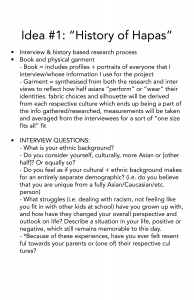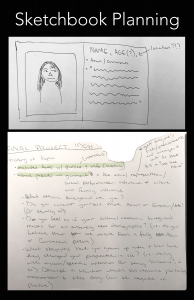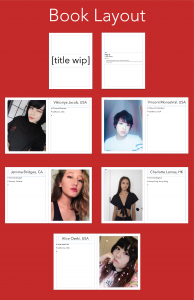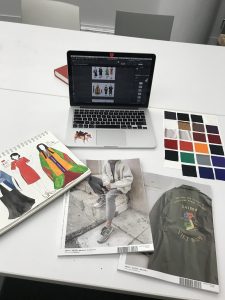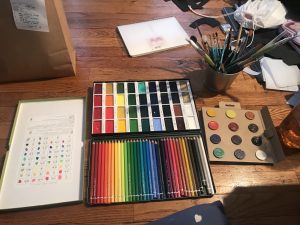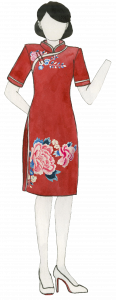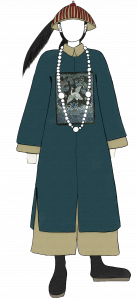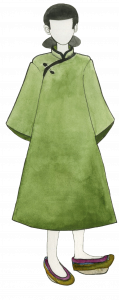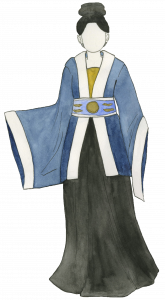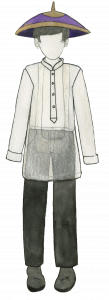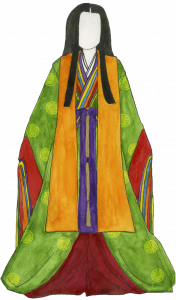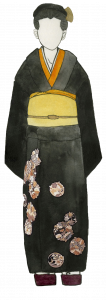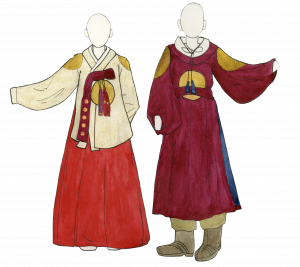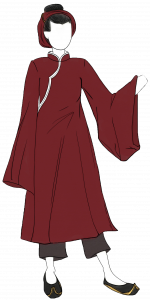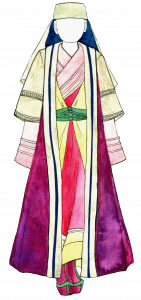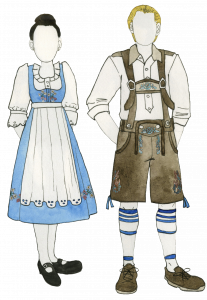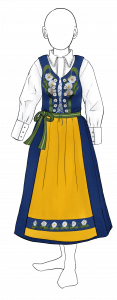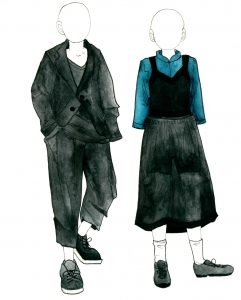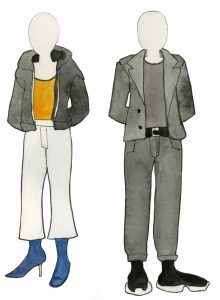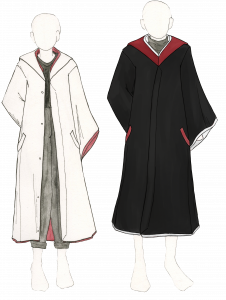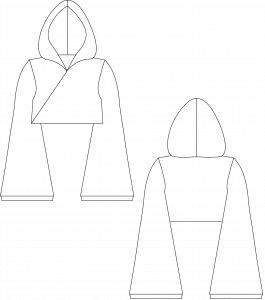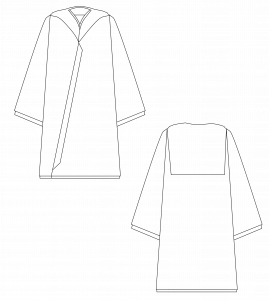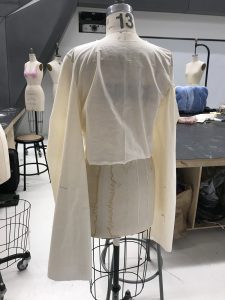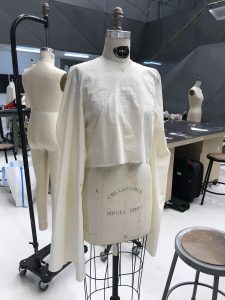Time: Composition Final: “Experimental Future”
For our Time: Composition final we were given our first open ended project prompt, How do you envisage The Future, your future, or a future? This came with the following questions we were to answer ourselves as well:
- Can you integrate this project into your major area of study (ie: fashion, illustration, design management, etc.)
- Generally, do you consider yourself an optimist or a pessimist? Can you envisage having some impact, even if very minor, on the betterment of society or some aspect of it? How does this attitude affect how you approach this project?
- Do you generally engage with or withdraw from the challenges of our times? How do you address larger conceptual, political, philosophical issues and beliefs through your creative work? Or, conversely, how do you avoid them?
- Can you find a balance between imposing control according to a preconceived idea or plan with the internal, evolving demands of the project itself? How much flexibility can you manage to satisfy both needs? How much uncertainty are you willing to tolerate during that process?
I immediately knew that I wanted to make or design a garment for this final, as I had just gotten my major switch approved and was officially a Fashion Design BFA major. I also knew that I wanted to incorporate multicultural inspirations into its overall theme as well, as that is a huge portion of my personal identity. As we were shown examples of other projects in the class that this was designed, I knew that I would be focusing on the hapa experience specifically: honing in on half-Asian people and culture.
Despite how negative I can find myself being, I consider myself fundamentally to be an optimist. With my focusing on biracial people similar to myself, I believe that my contribution (albeit small and somewhat shallow considering the timeframe we would be given for this project) is still important in that it gives acknowledgement, voice, and some visage of character towards a topic which people generally may not be too familiar with. This motivated me to stay motivated and excited for the final outcome of my project throughout the process, no matter how stressful or overwhelming it got.
In general, I think I usually tend to withdraw from the challenges of our times—i.e. I am not someone who enjoys constant banter or competition, nor do I enjoy confrontational situations such as protests or activism. However, this does not mean that I will shy away from voicing my opinion when it is called of me. I like to be educated in whatever I am talking about, so the visual and informational research processes involved with this project were quite interesting and engaging to me overall. I like to remain very thorough in how I present my arguments and explanations of the subject matter in which I am talking about.
Finding a balance between the realistic and unrealistic expectations I had this project was definitely the main issue I encountered throughout my final. Initially, I had hoped to create a book containing interviews, informational written portions explaining historical facts and sociological observations, followed by fashion illustrations AND a fully designed, patterned, and constructed garment but in the last few weeks to days of this project I realised that this was simply not doable in the allotted time given. If we were given about six weeks for this project, I am sure that I would have been able to meet my initial expectations, but I soon learned that human collaboration, InDesign formatting, printing, and cross-media drawing, scanning, and editing are quite time consuming. My planning was helpful in setting up what I wanted to do, but being pushed to make improvisational changes to this internalised schedule is something I learned that pushed my creative and executive functioning process.
Brainstorming
Free Working Period (4~5 weeks)
For the first portion of my book, I wanted to include interviews from other hapas to gain perspective on what it is like to be one. I talked to a few of my friends and acquaintances, but wanted to reach out to strangers as well so it would not seem biased. I printed out ten copies of the flyer shown above and hung it in various locations around The New School: the University Centre and the Stuyvesant and 13th street dorms. I got a few email responses from other hapas on campus, but only one ever reached out to me and completed my survey.
Asian garment drawings: China, Hong Kong, Philippines, Japan, Korea, Vietnam, Mongolia
European garment drawings: Germany, Russia, Sweden, Ireland
Modern garment drawings:
I drew a variety of historical garments from Europe and Asia (and technically Eurasia) in my sketchbook; they were inked and watercoloured and scanned so that I could fix them up digitally and put them in my book. I also drew a few modern garments from both European and Asian designers as well, to get a contemporary aspect in as well. Additionally, I went to Mood Fabrics and got swatches of fabric which the featured garments (historical and modern) would be comprised of. I scanned the swatches as well, and put them next to my drawings in my InDesign file.
My cover page illustration features a Greek theatre mask and a Japanese Noh (kabuki) mask. I thought it was a clever take on how people choose to present themselves (i.e. a social “mask”) to the world. The title “What Are You?” is a question I am commonly asked when people do not immediately know what race/ethnicity I am, and is something that many other hapas I have met have experienced as well.
The Final Project: Book & Mockup Garment
[LINK TO PDF] – 40 pages, printed in Pro Colour on (glossy) photo paper
Muslin mockup of my modern “hapa hoodie” design.
